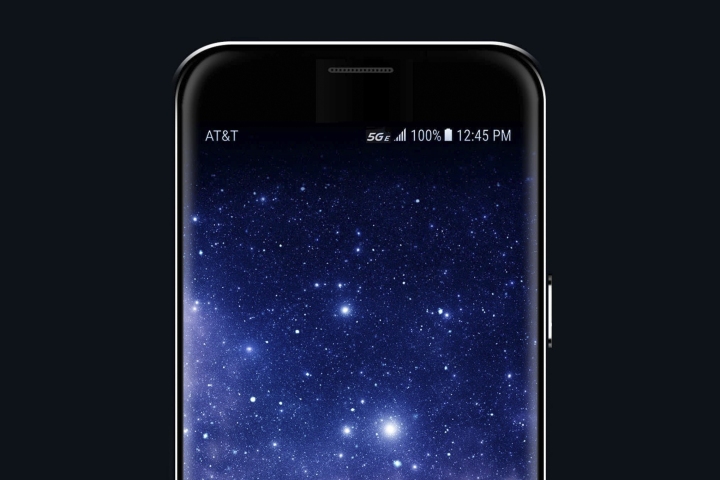People are increasingly using technology to solve everyday and work tasks, which contributes to increasing interest in the latest developments, in particular 5G. This technology has not yet become as ubiquitous as predicted, so users rely more on assumptions rather than real experience.
Combined with an overabundance of unverified information from the Internet, this leads to the spread of dangerous recommendations and misinformation about 5G. We asked the experts to dispel some misconceptions, as well as tell us how this technology actually works. Here’s what we learned.
Myth #1: 5G rollout is a very time-consuming process
5G networks and gadgets that support the 5G standard appeared more than 2 years ago, but there is still no access to this connection in many regions. Is technology adoption so slow?
In fact:
“Marketing that accompanied the first stages of the emergence of technology and smartphones with 5G led to hype and inflated user expectations that telecom operators still cannot meet. But in reality, 5G is moving faster than 4G,” says Ansys spokesman Sean Carpenter. “The United States has lagged behind many of the advanced markets in Asia and Europe in the C-band communications services that will enable this much-anticipated capacity expansion. But in 2022 we will see noticeable progress in the deployment of towers.”
In addition, when analyzing the speed of 5G adoption, one should not forget the impact of the pandemic. The global quarantine and movement restrictions have significantly affected logistics and slowed down the pace of 5G technology adoption.
Still, despite all the difficulties, last year more than 41 million users subscribed to 5G mobile services, and their number is increasing. “Smartphone owners with the 5G C-band option in 2022 will see a significant improvement in the quality of service in most major cities,” said Carpenter. The expert also noted that in the central regions of a number of cities, users of some 5G gadgets will be able to access the new mmWave ultra-broadband network with a frequency of 28 GHz.
Myth #2: 5G gadgets cannot be used at airports
This myth began when the US Federal Aviation Administration warned airlines that 5G C-band signals could interfere with some of the instruments used to land aircraft in poor visibility.
In fact:
This statement is partly true. Telecom companies such as AT&T and Verizon have decided to shelve 5G expansion projects under the directive. But that doesn’t mean you should leave your 5G gadgets at home when you travel by plane.
There are several 5G bands that are considered safe, Carpenter said. They operate at airports, provided that the local operator has provided this option at their base stations. He also adds that from July, C-band 5G will be available in certain areas of airports, such as terminals, so you can use 5G and other services as usual.
Myth #3: 5G will replace Wi-Fi
Since 5G is considered to be a “fast” connection, there are rumors that it will replace Wi-Fi. Is it true that you have to make a choice between these two technologies?
In fact:
The talk of wireless technology replacing Wi-Fi has been going on for years, but the answer remains the same. “Not yet,” says Dan Hayes of PricewaterhouseCoopers, “Each of these two technologies has its advantages and disadvantages, but when combined, they complement each other, creating an infrastructure that is optimal in terms of parameters for using all types of communications.
This view is echoed by Thiago Rodriguez, CEO of the Wireless Broadband Alliance, who says that “the combined use of 5G and Wi-Fi will support a variety of consumer and production applications from AR/VR to Smart Factory 4.0.”
An example is uninterrupted indoor coverage for bandwidth-intensive applications such as 4K cameras used in security and automation applications in enterprises. For 5G, this is a difficult task, since the walls of the building are a serious barrier to the signals of this network.
In summary, there is no need for users or businesses to choose between 5G and Wi-Fi. The optimal, win-win solution is to combine these technologies to create a more efficient network.

Myth #4: The 5G E icon on the screen means you can connect to 5G networks
A “5G E” icon may occasionally appear at the top of the screen on a previous generation device. Old gadget supports 5G?
In fact:
The “5G E” icon has nothing to do with real 5G, it just means “5G Evolution”. “While the term 5G Evolution may seem like a variation of 5G, it is a kind of marketing ploy. This is the name carriers use for 4G LTE-A, a more advanced version of the 4G LTE network standard that provides better performance,” explains Hayes.
The appearance of the “5G E” icon means that you will be able to use the network with improved parameters compared to conventional 4G LTE. But to connect to a true 5G network (when it becomes available in your area), you will need a device that supports this standard.
Other myths about 5G
There are many different myths about 5G wireless technology. In this article, we have reviewed some of them. If you want to learn about more bizarre theories and how experts are fighting them, check out this compilation debunking the biggest misconceptions about 5G.
Based on materials www.digitaltrends.com
The post Popular 5G Myths You Should Stop Believing appeared first on Gamingsym.
